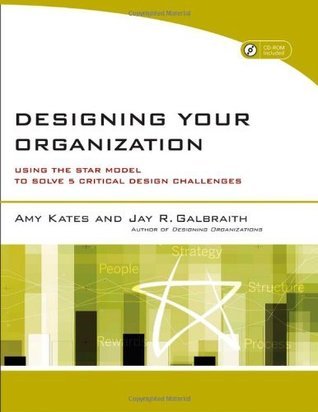What do you think?
Rate this book


· Designing around the customer
· Organizing across borders
· Making a matrix work
· Solving the centralization—and decentralization dilemma
· Organizing for innovation
272 pages, Kindle Edition
First published January 1, 2007